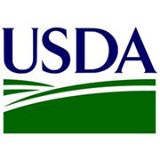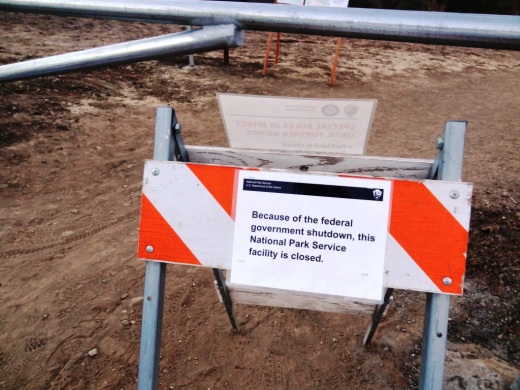NHTSA Issues Rule Requiring Backup Cameras on New Cars By May 1, 2018
/ Recently, the National Highway Traffic Safety Administration (NHTSA) issued a final rule requiring rear backup cameras in all new vehicles under 10,000 pounds by May 2018. This new rule is expected to reduce the risk of fatalities and serious injuries caused by backover accidents.
Recently, the National Highway Traffic Safety Administration (NHTSA) issued a final rule requiring rear backup cameras in all new vehicles under 10,000 pounds by May 2018. This new rule is expected to reduce the risk of fatalities and serious injuries caused by backover accidents.
The rule requires all vehicles under 10,000 pounds, including buses and trucks, manufactured on or after May 1, 2018, to come equipped with rear visibility technology that expands the field of view to enable the driver of a motor vehicle to detect areas behind the vehicle to reduce death and injury resulting from backover incidents. The field of view must include a 10-foot by 20-foot zone directly behind the vehicle. The system must also meet other requirements including image size, linger time, response time, durability, and deactivation.
On average, there are 210 fatalities and 15,000 injuries per year caused by backover crashes. NHTSA has found that children under 5 years old account for 31 percent of backover fatalities each year, and adults 70 years of age and older account for 26 percent.
Many children are killed or seriously injured in backover incidents. A backover









